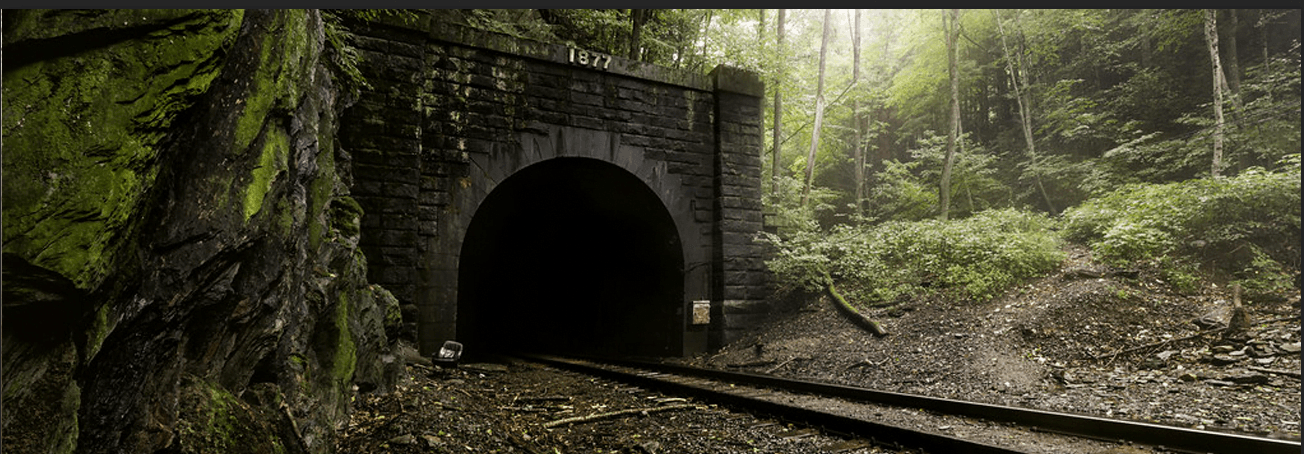
They say that places where large numbers of people have perished are ripe for hauntings and paranormal activity, but what if that place is underground? What if the lives lost were in pursuit of a more efficient freight train schedule? Would those lost souls be angry that their lives were worth so little in the grand scheme of the project to bore a hole into a mountain? Today, we’re exploring the tragedy of the Hoosac Tunnel in Massachusetts, where we will see what skeletons are in the closet, or in this case, the tunnel.

A difficult undertaking to carve the tunnel out of the Hoosac Range in the Berkshire Mountains of Western Massachusetts, the Hoosac tunnel, as it was named, began its construction in 1851. The fully realized tunnel would not be completed until 1865, and in that time nearly 190 people lost their lives attempting to blast and drill a hole in the side of the mountain, primarily for freight trains coming into the region. The slow going and dangerous methods created a perfect storm for the unfortunate deaths of many of the workers. The tunnel itself is nicknamed “The bloody pit.” And it’s not hard to see why.
Using nitroglycerin, the first casualties of the tunnel were three explosives “experts,” two of which died when the third set off the explosives too early, before the men had a chance to get out of the way. The new form of explosive was precariously understood, and the third man was investigated for potentially murdering his compatriots.

The death didn’t stop with the explosion mishap, as another tragedy occured to claim the lives of dozens of men. As the tunnel was being worked on, a pump was necessary to keep the water in the tunnel from getting too high and flooding the tunnel. When the pump broke while men were still in the shaft, it inevitably did flood. The screams of men drowning in the dark tunnel are said to still be heard to this day, crying out for help that would never come. Bodies floated up the tunnel and were eventually recovered over a year later, but a makeshift raft also came up with bodies splayed across it, the attempt to stay alive on a raft being a futile experience for the poor souls.
Upon its completion, the tunnel was immediately put to work for freight trains, shortening the trip by several miles and expediting shipping across New England. One might ask if the cost was worth the extra miles saved by the gruesomely built tunnel. Investigators have surveyed the tunnel, looking for the source of the agonizing screams sometimes heard in the tunnel. One expert, a Ph.D holding professor, experienced a full body apparition of a man without a head, bathed in blue light. He said his own belief in ghosts was minimal, but the experience was unexplainable otherwise.

We don’t recommend actually visiting the tunnel, because freight trains still regularly use it in transportation and it’s hard to dodge one of those behemoths in a small tunnel with nowhere to tuck away. For now, just know that this tunnel was built with blood, and still might hold some stains from its messy past.
- About the Author
- Latest Posts

Born in Death Valley and raised on the prairie, Deborah is a Wyoming-based paranormal researcher and University of Wyoming graduate. Her interests lie in folklore, history, symbolic interaction and research. She also researches the paranormal academically and is a graduate student studying sociology.


